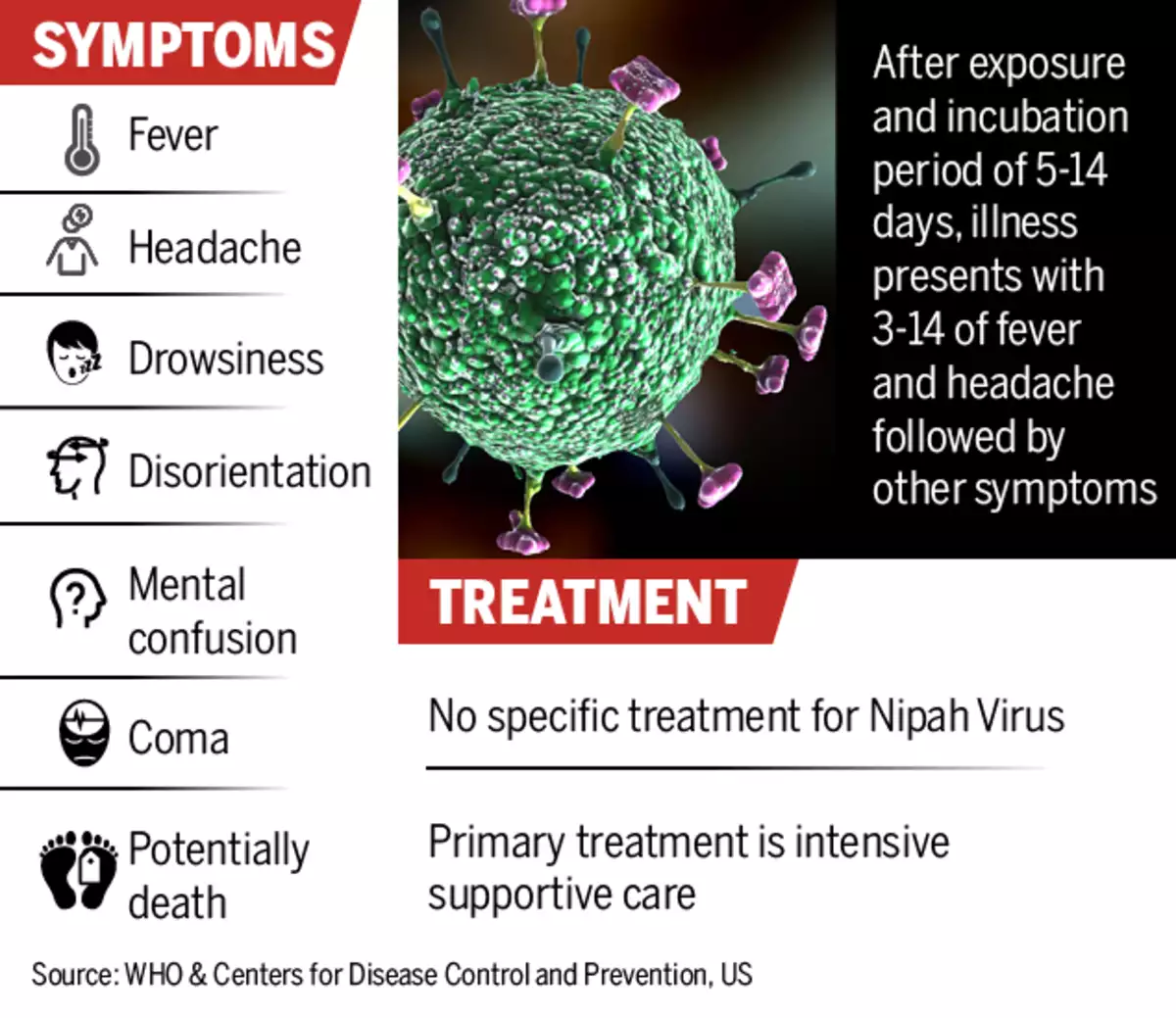900 319 0030
enquiry@shankarias.in
Why in news?
A youth from Ernakulam district in Kerala has tested positive for the Nipah virus infection (a year after a similar outbreak in Kerala had claimed 17 lives).
What is the Nipah virus infection?

What are the previous incidents of infection?
Who are potentially at risk?
What are the measures taken?
What is the way forward?
Source: Indian Express, The Hindu
Quick Fact
National Institute of Virology